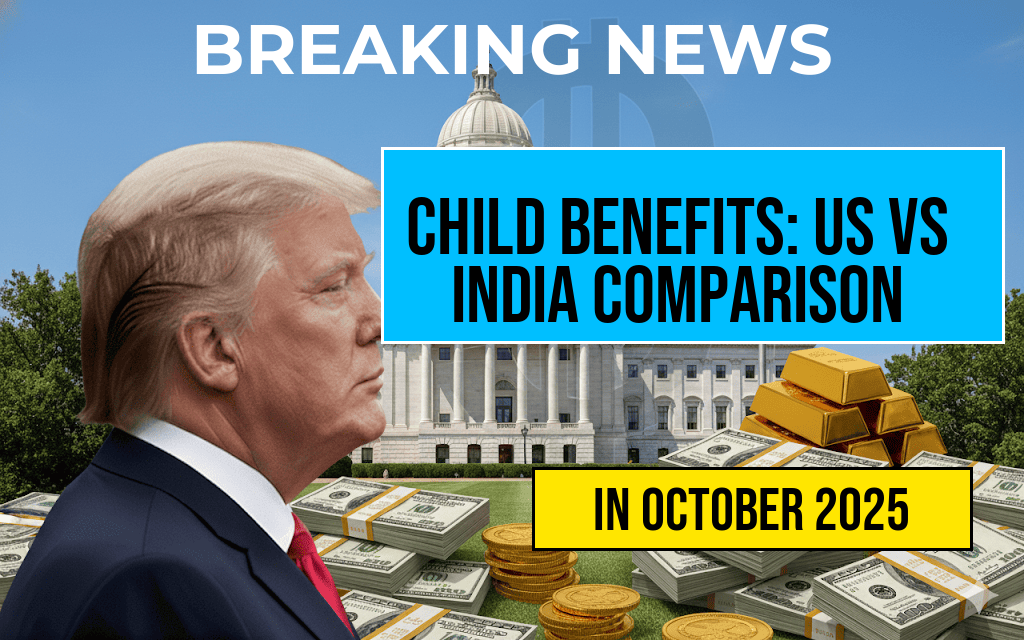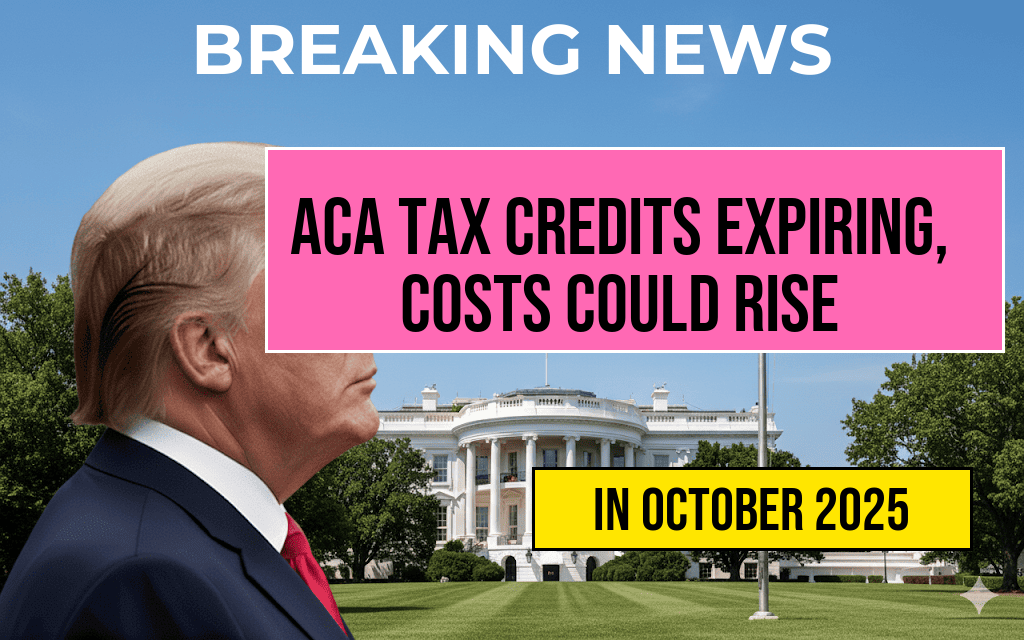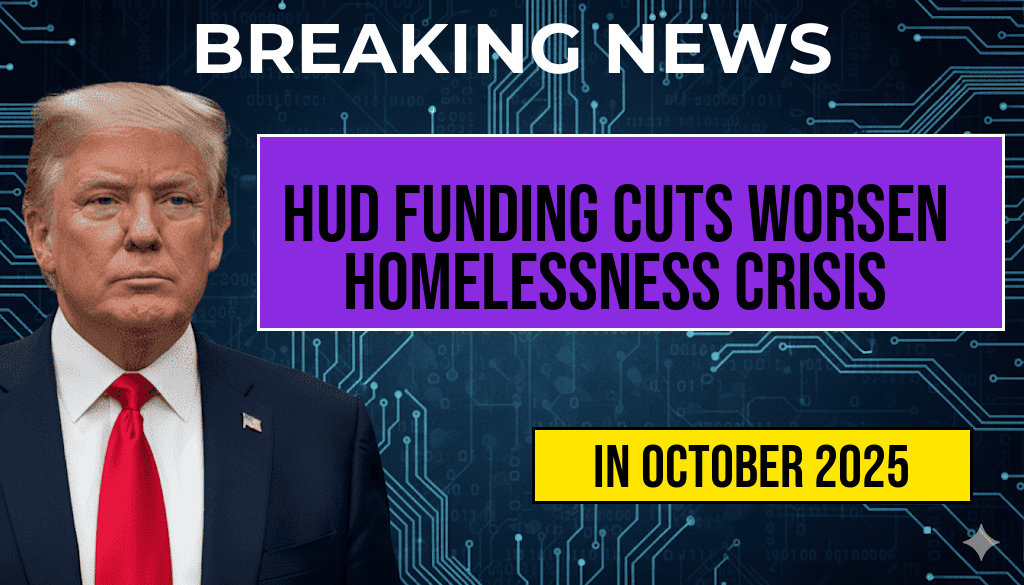Child benefits and government assistance programs vary greatly across nations, reflecting differing economic structures, social priorities, and fiscal capacities. The United States offers a federal Child Tax Credit, providing up to $2,200 per qualifying child annually, while India’s government extends a benefit totaling approximately ₹165,000 (roughly $2,000 USD) per child through various welfare schemes. This stark contrast underscores not only the disparities in economic development but also the contrasting approaches to supporting families. While the US’s targeted tax credits aim to alleviate child-rearing costs for middle-income households, India’s broader welfare initiatives seek to address poverty and promote child welfare among its large, low-income population. Both frameworks exemplify different models of social support, shaped by distinct economic realities and policy priorities.
Understanding the US Child Tax Credit
Structure and Eligibility
The Child Tax Credit (CTC) in the United States has historically been one of the primary federal tools to support families with children. As of recent policies, families earning up to $200,000 (or $400,000 for married couples filing jointly) can claim the full amount, which is phased out for higher incomes. The credit currently offers up to $2,200 per child under age 17, with at least $1,400 being refundable—a feature allowing families to receive the benefit even if they owe no tax. The aim is to offset costs associated with raising children, including education, healthcare, and daily expenses.
Policy Evolution and Impact
The American government has periodically expanded and adjusted the CTC, notably during the COVID-19 pandemic, when temporary increases and direct payments aimed to stimulate economic activity and reduce child poverty. Data from the U.S. Census Bureau suggests that these measures contributed to a temporary decline in child poverty rates. However, critics argue that the current structure favors middle-income families, leaving out the most vulnerable groups. Ongoing debates focus on whether the credit should be made fully refundable or increased further to better support low-income households.
India’s Child Benefits: A Broad Welfare Approach
Key Programs and Benefits
| Aspect | India |
|---|---|
| Primary benefit | ₹165,000 (~$2,000 USD) per child |
| Major schemes | Integrated Child Development Services (ICDS), National Child Labour Project, Sukanya Samriddhi Yojana |
| Target demographic | Low-income families, girl children, marginalized communities |
| Funding focus | Nutrition, health, education, and financial security for children |
India’s government implements a range of child-focused welfare programs aimed at reducing infant mortality, improving nutrition, and promoting gender equality. The Sukanya Samriddhi Yojana, for example, encourages savings for girl children, while the ICDS provides supplementary nutrition and healthcare to vulnerable children and pregnant women. The aggregate value of benefits directed toward a child in India, considering multiple schemes, can reach around ₹165,000, which is roughly equivalent to the US’s direct child tax credit in dollar terms. These programs tend to target impoverished households, aiming to lift children out of poverty and address systemic health and education disparities.
Challenges and Outcomes
While India’s welfare initiatives are extensive, implementation varies regionally, often hindered by bureaucratic hurdles and resource constraints. Nonetheless, the government’s focus remains on universal access to basic services, with recent policies emphasizing gender-specific benefits to empower girl children. Despite the substantial financial outlay, issues persist in ensuring equitable access, especially in rural and underserved communities.
Comparative Analysis: Economic and Social Implications
Differences in Coverage and Focus
The US’s $2,200 Child Tax Credit primarily functions as a tax relief mechanism, targeted at middle-income households, with eligibility based on income thresholds. Conversely, India’s benefits are more comprehensive in scope—covering healthcare, nutrition, and savings—aimed at reducing poverty and promoting child development across socio-economic strata. The US’s approach reflects a cash-transfer model designed to reduce financial burdens, while India’s system emphasizes a multi-sectoral strategy integrating health, nutrition, and education support.
Economic Contexts and Policy Objectives
The disparity in benefit amounts also mirrors the economic contexts of each country. The US, with a higher per capita income (~$68,000), allocates resources through tax credits to support families, whereas India’s lower income levels necessitate direct welfare programs that address basic needs. Both models aim to foster child well-being but operate within fundamentally different fiscal capacities and social priorities.
Looking Ahead: Policy Debates and International Lessons
Discussions around increasing child benefits are ongoing in both countries. In the US, proposals for expanding refundable credits and making them permanent are gaining traction, motivated by the desire to reduce child poverty further. India continues to refine its welfare schemes to enhance reach and efficiency, with recent initiatives aiming to integrate digital platforms for better service delivery. Both nations can learn from each other’s experiences—balancing targeted tax relief with comprehensive social support—to design child assistance programs that are both effective and sustainable.
As governments worldwide grapple with the challenge of supporting children amid economic uncertainties, the contrasting models of the US and India highlight the importance of tailoring policies to specific social and economic contexts. For more on global social welfare policies, visit Wikipedia’s Social Welfare page or explore economic analyses at Forbes.
Frequently Asked Questions
What is the primary difference between child benefits in the US and India?
The main difference lies in the amount of financial support provided: the US offers a $2,200 child credit per child, while India provides approximately ₹165,000 in child benefits, reflecting different economic contexts and policy approaches.
How is the US Child Tax Credit structured compared to India’s child benefits?
The US Child Tax Credit is a specific tax credit aimed at reducing tax liability for families with children, whereas India’s child benefits often include direct financial assistance, subsidies, and social welfare programs targeted at supporting child welfare and development.
What factors influence the disparity in child benefit amounts between the US and India?
The disparity is influenced by economic differences, cost of living, government policies, and social welfare priorities. The US has a higher average income level and social security system, while India’s benefits reflect its economic structure and developmental priorities.
Are there eligibility requirements for receiving child benefits in the US and India?
Yes, both countries have eligibility criteria. In the US, eligibility for the Child Tax Credit depends on income levels and tax filing status, while in India, benefits are often based on income thresholds, age of the child, and family circumstances.
How do these child benefits impact families in their respective countries?
In the US, the child credit helps reduce tax burdens and supports family finances, whereas in India, direct financial assistance aims to improve child health, education, and overall well-being. Both systems play vital roles in promoting child welfare within their economic contexts.








